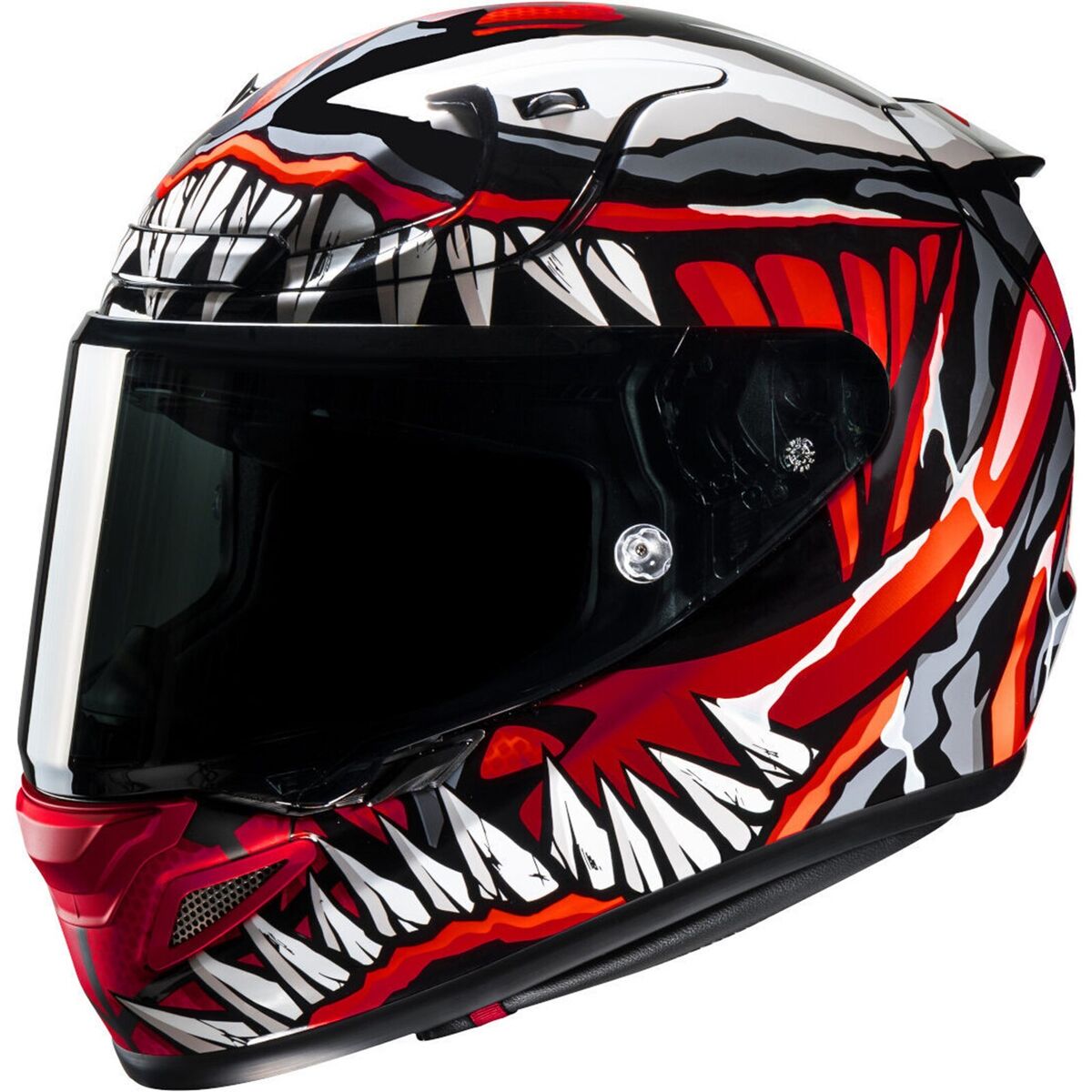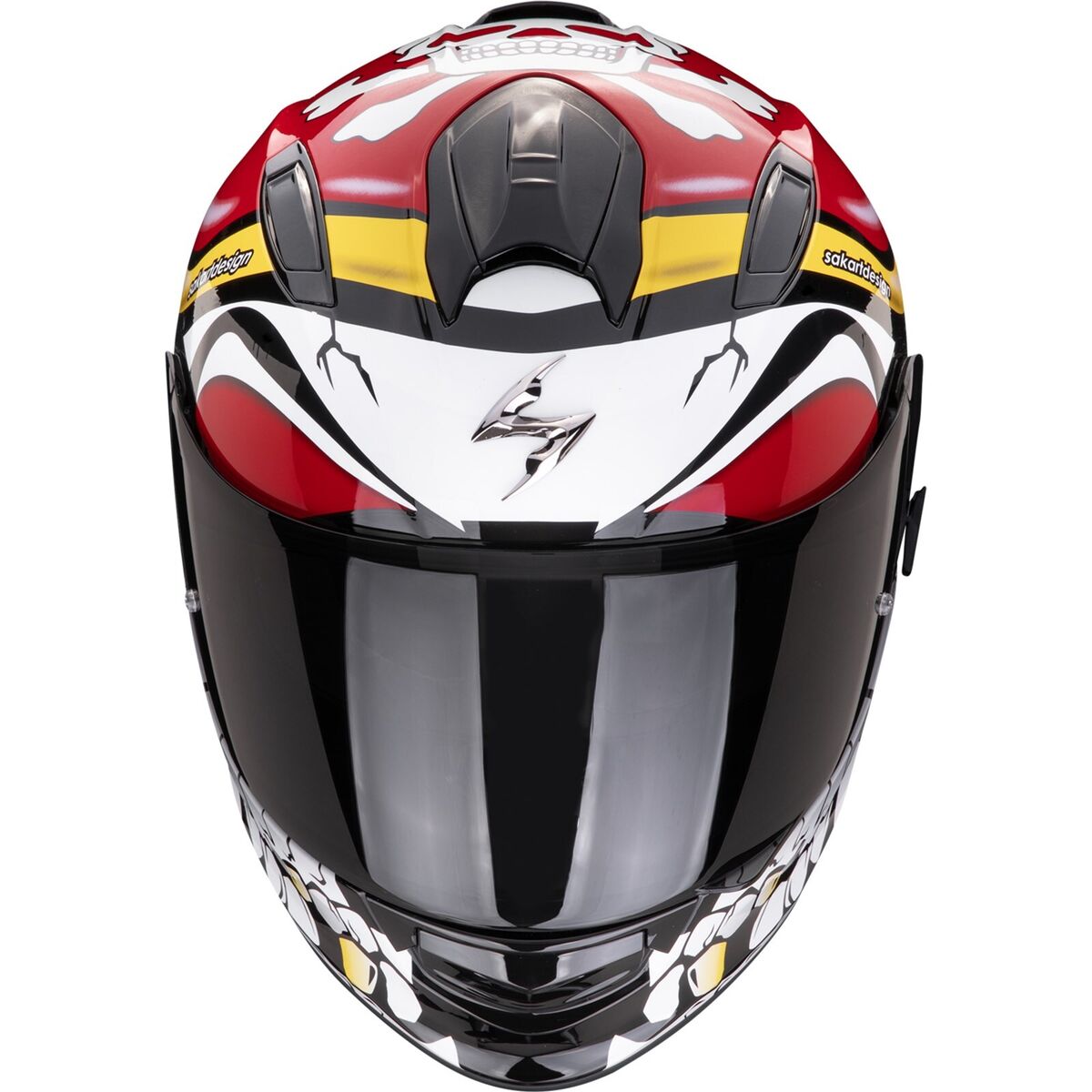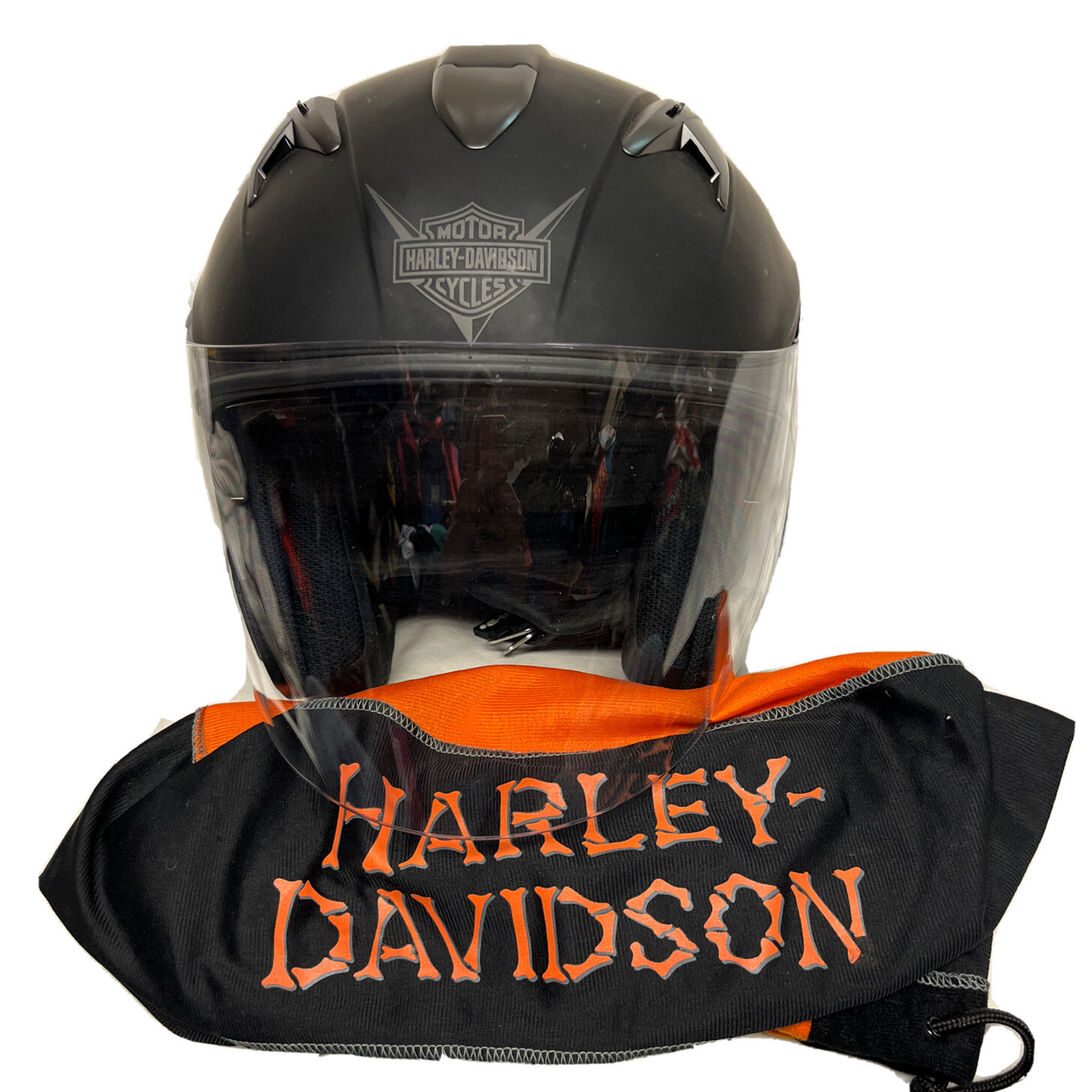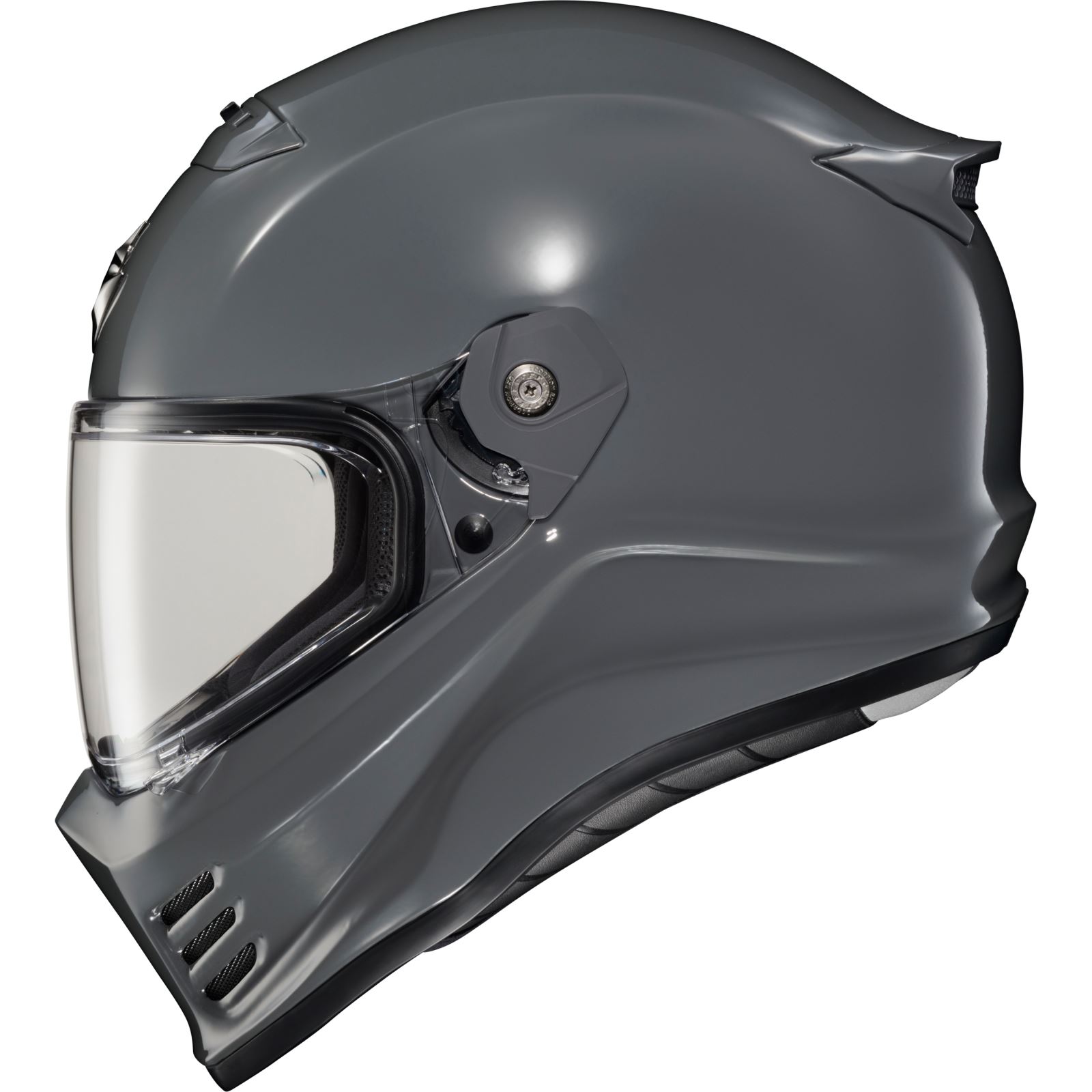When it comes to motorcycle safety, the significance of a good helmet cannot be overstated. Riders often declare that the best motorcycle helmet is not merely a protective gear but an investment in their safety and well-being while on the road. With countless brands and models available, choosing the right helmet can feel overwhelming. This comprehensive guide aims to demystify the world of motorcycle helmets, exploring different types, features, and top-rated models that stand out in today’s market.
Understanding the Types of Motorcycle Helmets
Motorcycle helmets come in a variety of styles, catering to the preferences of different riders. Understanding these styles will help you decide which type aligns with your riding needs.
Full-Face Helmets
Full-face helmets offer the highest level of protection, covering the entire head and face. With a solid structure that protects against impacts from all angles, they come equipped with features such as a visor and ventilation systems.
- Safety Features
Full-face helmets typically meet stringent safety standards. They provide a secure closure and eliminate gaps that could expose the face during a crash. - Comfort & Visibility
Many models come with features like removable liners and anti-fog visors, ensuring comfort and optimal visibility in various conditions.
Half Helmets
Half helmets, or “skullcaps,” provide minimal coverage. They are lightweight and offer better airflow, making them popular among casual riders and those in warmer climates.
- Pros and Cons
While half helmets offer less protection compared to full-face designs, they provide freedom and comfort. However, they leave the face exposed, which can be a concern for safety-conscious riders. - Design Options
Many half helmets come in stylish designs and colors, appealing to riders who prioritize aesthetics over maximum coverage.
Modular Helmets
Modular helmets, also known as flip-up helmets, combine elements of full-face and open-face designs. They can be transformed from a full-face to an open-face configuration by flipping the chin bar up.
- Versatility
The main advantage of modular helmets is their versatility. Riders can easily switch between styles without needing to change helmets. - Safety & Convenience
Despite their versatility, it’s essential to choose a high-quality modular helmet, as some less expensive models may not offer adequate safety standards.
Key Features to Consider in a Motorcycle Helmet
Choosing the best motorcycle helmet involves examining several critical features that enhance safety, comfort, and usability.
Safety Ratings
What makes a helmet safe? One of the fundamental aspects is its safety rating. Look for helmets that meet or exceed safety standards set by organizations such as the Department of Transportation (DOT) or the Snell Memorial Foundation.
- Understanding Safety Certifications
Helmets that carry these certifications have undergone rigorous testing to ensure they can withstand impacts and protect the rider effectively. - Impact Resistance
A helmet’s ability to absorb shock in the event of an accident is crucial. The outer shell, foam cushioning, and liner each play a role in this.
Fit and Comfort
A helmet should fit snugly without being overly tight. Proper fitting is essential for both safety and comfort during long rides.
- Sizing Guide
When selecting a helmet, measure your head circumference and refer to the manufacturer’s sizing chart to find a suitable fit. - Internal Padding
Look for helmets with removable inner liners that offer comfort and breathability. Proper ventilation options are also essential to prevent overheating.
Weight
The weight of a helmet can significantly impact comfort during extended rides. Heavier helmets can cause neck fatigue over time.
- Comparison of Different Materials
Helmet materials vary from polycarbonate to fiberglass and carbon fiber. While carbon fiber helmets tend to be lighter and more durable, they can also be more expensive. - Balance of Weight and Protection
It’s essential to find the right balance between weight and safety features. A well-designed helmet should provide adequate protection without being excessively heavy.
Top Motorcycle Helmets of 2023
Now that we have established the essential features and types of helmets, let’s dive into some of the best motorcycle helmets available in 2023.
Shoei RF-1400 Full-Face Helmet
The Shoei RF-1400 stands out as a leading contender when it comes to full-face helmets.
- Safety Standards
This helmet meets and exceeds both DOT and Snell safety standards, making it an excellent choice for safety-conscious riders. - Comfort Features
With a multi-layer liner and advanced ventilation system, the RF-1400 provides exceptional comfort and moisture-wicking capacity. - Design and Visibility
Its aerodynamic design not only enhances performance but also reduces wind noise, allowing for a smoother ride.
Bell Qualifier Full-Face Helmet
Another excellent option is the Bell Qualifier, known for its affordability without compromising safety.
- Ventilation System
Features an excellent ventilation system, providing visibility and airflow, which is particularly beneficial during long rides. - Customization Options
The Qualifier comes in various graphics and colors, allowing riders to pick a style that suits their personality. - Comfortable Fit
The removable and washable interior ensures that comfort is maintained over time, a significant advantage for everyday riders.
HJC RPHA 11 Pro Full-Face Helmet
The HJC RPHA 11 Pro is favored for its lightweight design and superior comfort.
- Aerodynamic Shape
The helmet’s aerodynamic design minimizes wind resistance, making it suitable for high-speed riding. - Safety Features
This model is both DOT and Snell certified, ensuring that it meets the highest safety standards. - Advanced Ventilation
The advanced ventilation system allows great airflow, preventing overheating even on hot days.
Arai XD4 Adventure Touring Helmet
For those who prefer an adventure-style helmet, the Arai XD4 fits the bill perfectly.
- Dual-Purpose Design
Suited for both on-road and off-road riding, this helmet offers versatility for adventurous riders. - Quality Construction
Arai helmets are known for their quality craftsmanship and safety features, ensuring excellent protection on any terrain. - Comfort and Fit
The XD4 is designed to accommodate different head shapes, providing maximum comfort throughout long rides.
Importance of Regular Maintenance
Regardless of your choice, maintaining your motorcycle helmet is essential to prolong its lifespan and effectiveness.
Cleaning Your Helmet
Regular cleaning helps maintain the integrity of the materials and ensures optimal performance.
- Exterior Care
Use a mild detergent and a soft cloth to clean the exterior. Avoid harsh chemicals that can damage the helmet’s shell. - Interior Maintenance
Remove the liner and wash it according to manufacturer instructions to prevent odors and bacteria buildup.
Inspecting for Damage
Helmets should be inspected regularly for any signs of damage, especially after accidents.
- Identifying Cracks
Check the outer shell and inner foam for any cracks or dents, which may compromise safety. - Replacement Guidelines
Manufacturers typically recommend replacing helmets every 3-5 years, regardless of visible wear, due to age-related degradation of materials.
The Basics of Motorcycle Helmet Pricing
Entry-Level Helmets
At the lower end of the spectrum, entry-level motorcycle helmets typically range from $50 to $150. These helmets usually meet the basic safety standards set by organizations such as DOT (Department of Transportation), ECE (Economic Commission for Europe), or Snell. While they are often functional and provide basic protection, they may lack some advanced features that enhance comfort and safety.
Characteristics of Entry-Level Helmets
- Material: Most entry-level helmets are made from thermoplastic materials. Though these materials are relatively inexpensive to produce, they provide adequate protection for novice riders or those who ride infrequently.
- Comfort: Basic padding and ventilation may not provide the level of comfort that higher-end models offer. Over time, they may feel less comfortable during long rides.
- Weight: Generally heavier compared to premium helmets, which can lead to fatigue after extended use.
- Limited Features: Many entry-level helmets lack features like integrated sun visors, advanced ventilation systems, or Bluetooth connectivity.
Mid-Range Helmets
For those willing to invest a bit more, mid-range helmets typically cost between $150 and $500. These helmets often come with improved features, better comfort, and additional safety certifications.
Characteristics of Mid-Range Helmets
- Material: Mid-range helmets often utilize composite materials (e.g., fiberglass or Kevlar) that strike a balance between weight and durability.
- Enhanced Comfort: More advanced padding systems provide better moisture-wicking and heat management, which can be a lifesaver during long rides.
- Ventilation: Improved ventilation systems can significantly enhance comfort by allowing air to flow through the helmet, reducing heat buildup.
- Additional Features: Many mid-range helmets come with sun visors, better noise insulation, and compatibility for communication systems.
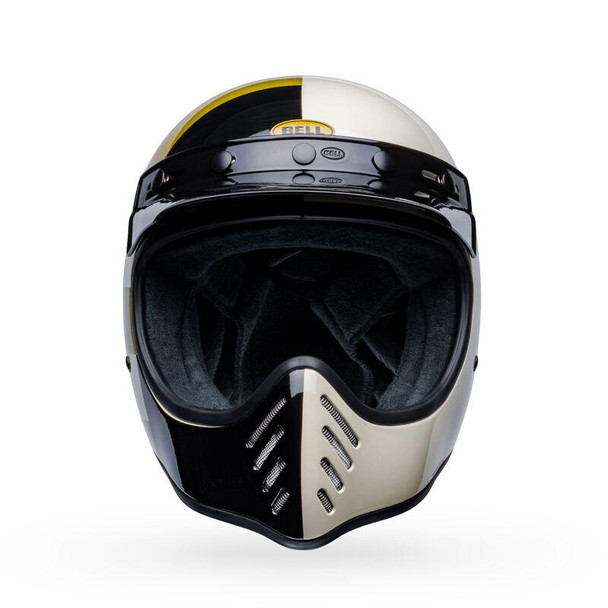 Premium Helmets
Premium Helmets
The Price Tag
Premium helmets usually start around $500 and can go up as high as $2,000 or even more. But what distinguishes them from mid-range and entry-level helmets?
Characteristics of Premium Helmets
- Materials: Premium models often incorporate advanced composite materials that offer superior impact resistance while being lightweight. Some high-end options even use carbon fiber, which maximizes protection while minimizing weight.
- Superior Comfort: These helmets typically feature multi-density foam liners and custom-fit options for added comfort, making them ideal for long-distance riding.
- Advanced Ventilation: Premium helmets often use sophisticated ventilation systems that help keep the rider cool and comfortable, even in extreme conditions.
- Aerodynamics and Noise Reduction: Designed with aerodynamics in mind, these helmets usually reduce wind noise and improve stability at higher speeds.
Conclusion
Choosing the best motorcycle helmet is crucial for ensuring your safety on the road. Factors such as type, safety features, comfort, and maintenance all play a pivotal role in your decision-making process. Investing in a high-quality helmet will enhance not just your safety but also your overall riding experience. Always remember that the best motorcycle helmet is the one that faithfully protects you while also fitting comfortably and meeting rigorous safety standards. Whether you are a casual rider or a seasoned motorcyclist, a helmet is an indispensable part of your riding gear that enhances both safety and performance.








